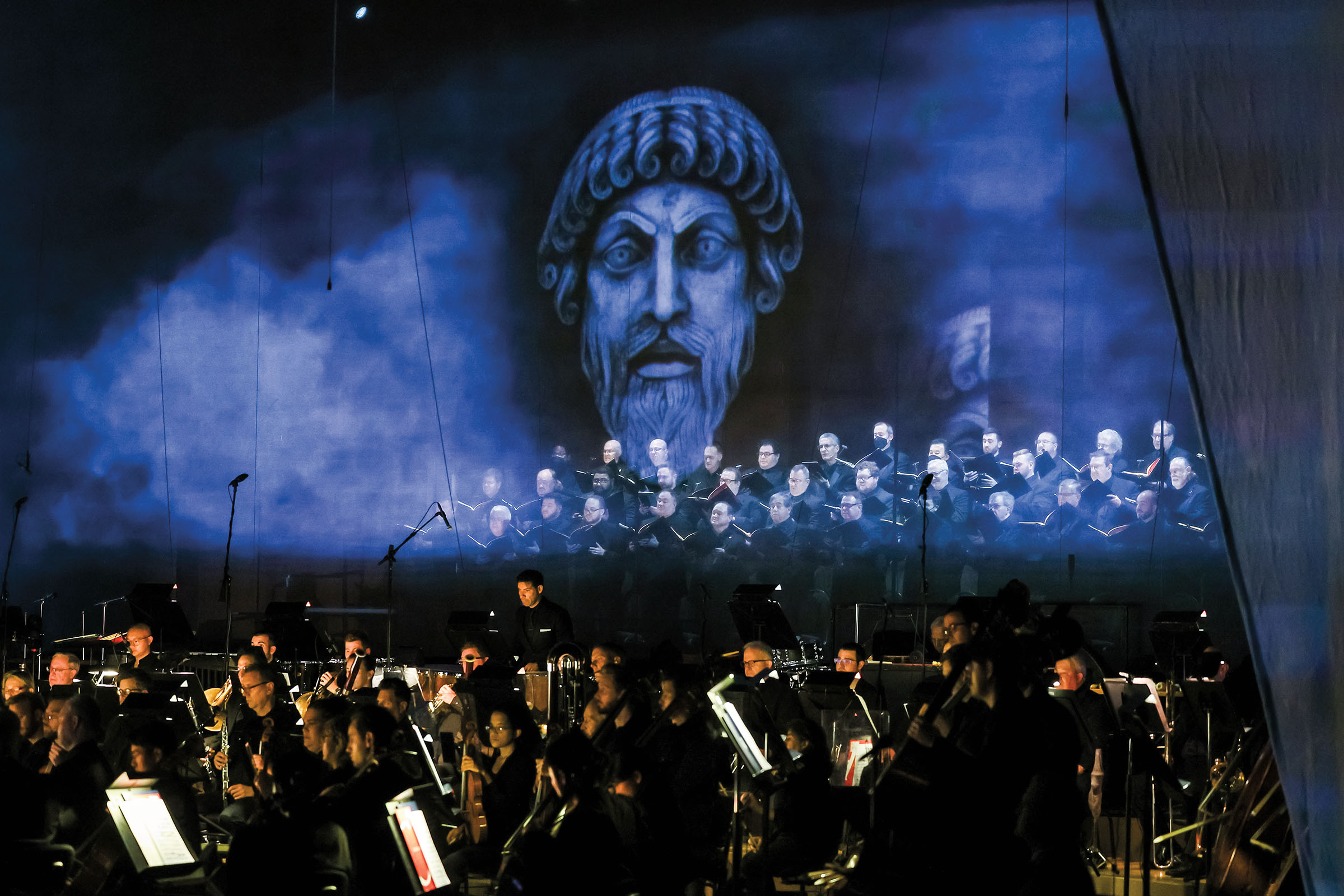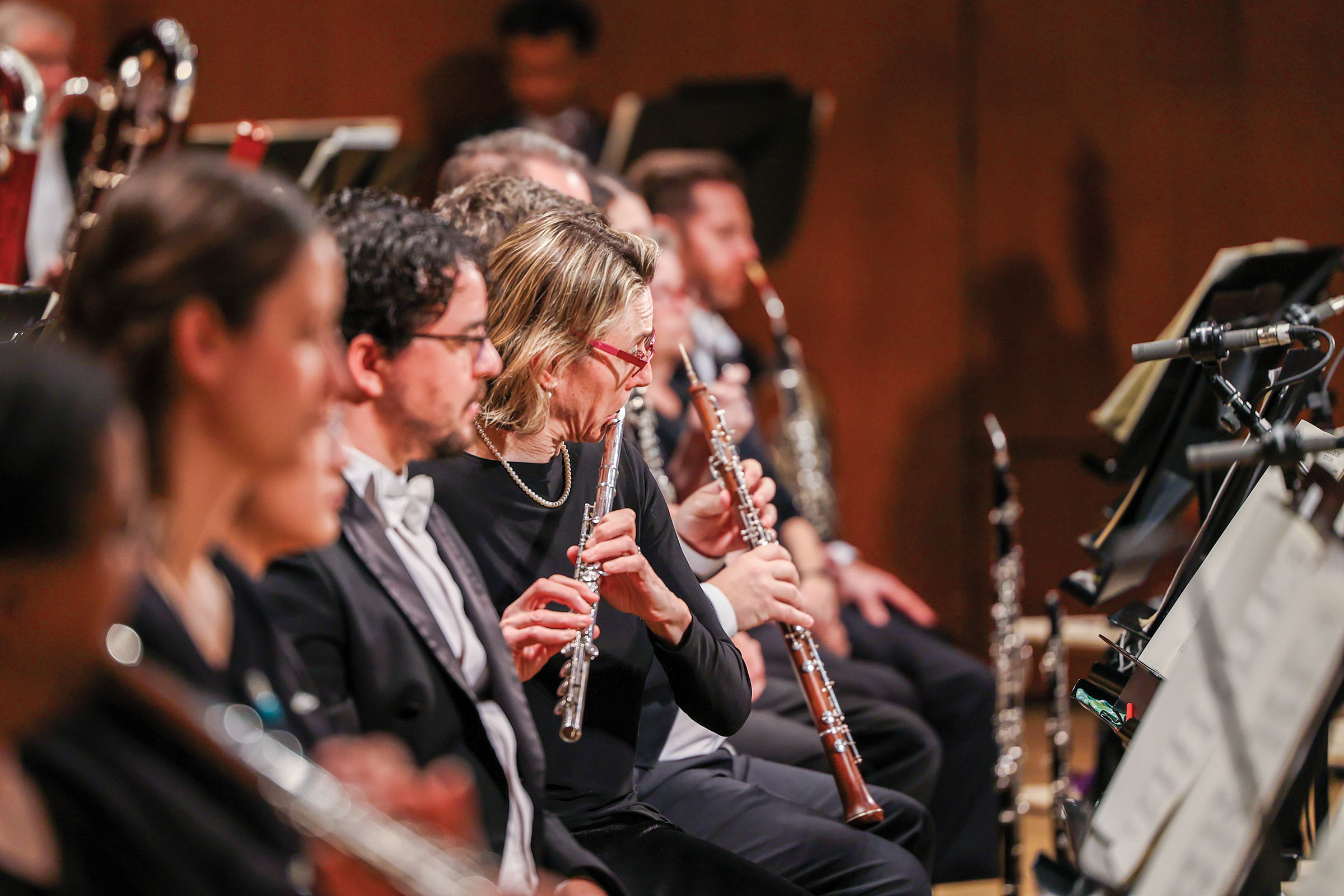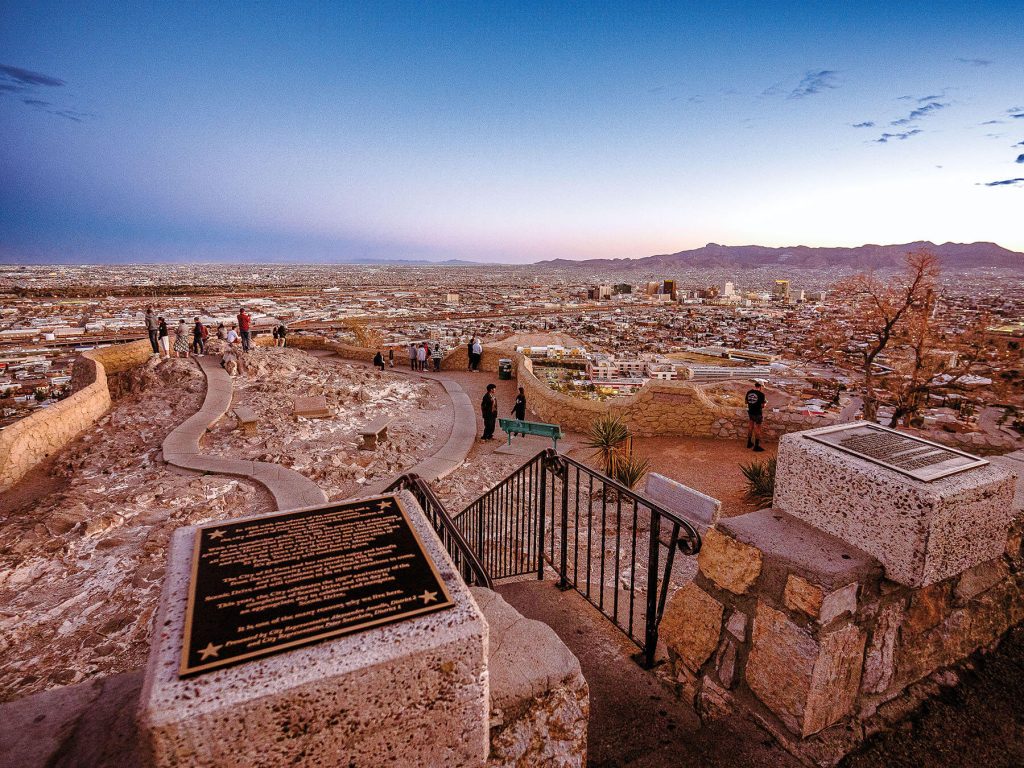
The Houston Symphony is one of many performance groups in the city.
On a Saturday evening in Houston’s west end, hundreds of Indian classical music enthusiasts gather in the Auditorium at the Houston Durga Bari Society. Bright red velvet curtains frame a performance accompanied by Unmesh Banerjee on tabla—a pair of hand drums—and Indrayudh Majumdar on a string instrument called a sarode. For over 30 years, the Indian Music Society of Houston has hosted Indian classical music performances and taught tabla. The organization is part of a string of community orchestras in Houston that offer opportunities to learn more about the musical traditions of various cultures. Though the genre may be unfamiliar to westerners, Hindustani classical music has been performed for several millennia—longer than Western classical music with its estimated 17th-century debut.
“But lately,” says Sunil Pangarkar, a longtime board member of IMS, “in the last 300 to 400 years, it has developed into a very specific style.”
The immersive concert eases into song, unlike the Western tradition of beginning with a dramatic downbeat. “Firstly, Indian classical, particularly this North Indian classical, is not written down. No one ever writes this stuff,” Pangarkar says. “The presentation is always completely improvised.” A Hindustani classical music performance—which almost always includes the rhythmic beats of a tabla—is not presenting previously composed music. Performances are improvised like jazz; no two performances are alike. The audience clap along to the beat and lift their hands in ecstasy. Banerjee and Majumdar smile, satisfied with how their music moves the crowd.
“The performers see the audience and how they are reacting,” Pangarkar says. “Based on that, the improvisation keeps going on. It’s a dialogue.”

The Houston Symphony performs Rite of Spring in January.
Houston has invested in that dialogue for more than 100 years, building the performance and educational infrastructure necessary to cultivate a rich classical music scene in a city more often associated with oil and gas than Rachmaninoff and Schumann. From grade school classes to performances at the most elite professional level, Houston’s classical music ecosystem is thriving and growing.
“Community orchestras of all kinds are dotted all around the city,” says Franz Anton Krager, Director of Orchestras and Hourani Endowed Professor of Music at the University of Houston’s Moores School of Music. “You’ve got great universities here for music. I think Texas is a golden state for the arts more than many other states, and Houston is the crown jewel of it all.”
Houston also boasts world-class professional groups. The Houston Symphony has been a beacon for some of the world’s best classical musicians, delighting audiences since 1913. “Orchestras have evolved as the public has evolved,” says John Mangum, current CEO and executive director of the Houston Symphony. “When we were founded, I think classical music was more central in the cultural discourse. Our job is to be relevant to as many people as we can in our community.”
Cue the Maestro
Houston Civic Symphony:
Enescu’s Romanian Rhapsody and Amy Beach’s Gaelic Symphony;
Nov. 17. civicsymphony.org
Indian Music Society:
Vocal recital by Gauri Pathare; Nov./Dec. TBD. imshouston.org
River Oaks Chamber Orchestra: Missy Mazzoli’s Sinfonia (for Orbiting Spheres) and Mendelssohn’s
Symphony No. 1; Nov. 11. roco.org
Houston Sinfonietta:
Rossini’s Semiramide Overture
and Rachmaninoff’s Piano
Concerto No. 2 Adagio Sostenuto; March 2024. houstonsinfonietta.org
Houston Symphony:
Symphonic Dances Festival: Valčuha Conducts Rachmaninoff; Nov. 10-12. houstonsymphony.org
While there is no definitive orchestra ranking system, the Houston Symphony is commonly associated with the country’s top orchestral offerings—but it isn’t the only orchestra the city has to offer. At the heart of Houston’s multifaceted classical music scene are the community orchestras, typically made up of nonprofessional and some professional musicians, like the Indian Music Society. An incomplete list of community orchestras includes the Houston Civic Symphony, Texas Medical Center Orchestra, and the River Oaks Chamber Orchestra. Closer examination of these community orchestras reveals a more direct reflection of Houston’s greatest strengths: diversity and accessibility.
“Houston, as far as performing arts, is maybe number two or three in the country,” says Lovie Smith-Wright, a Houstonian percussionist who has played with a slew of critically acclaimed orchestras, including the Houston Symphony and Houston Ballet Orchestra. She is currently on the board of directors for the Houston Latin American Philharmonic, a professional orchestra comprising professional musicians who play Latin American compositions and arrangements.
The Community Music Center of Houston’s Scott Joplin Chamber Orchestra also broadens classical music beyond its presumed European borders. For 40 years, the orchestra has served as a home for Black Houstonian musicians to explore contributions made to classical music by the African diaspora, including works by Florence Price, Duke Ellington, and the group’s namesake, Scott Joplin.
The center’s music director and conductor, Anne Lundy, was the first Black woman to conduct the Houston Symphony, during a dual performance with the Scott Joplin Chamber Orchestra in 1989. She says she chose to build a community orchestra composed of mostly Black players to highlight talent in the community. “I love the orchestra, and I love what we do,” Lundy says. “I love the fact that it gives Black players a chance to relate to each other, to share our musical experiences.” She’s especially proud of the orchestra’s success in sustaining the musical talents of nonprofessional musicians.
“What we really wanted to do was make sure there was a place for regular people who were curious about music and wanted to play because they used to play the piano when they were a kid or played the violin growing up, and let it go,” Lundy says.
Today, classical music is in a precarious position, with ticket sales dropping in recent years and not recovering post-pandemic. “I’ve heard for years that classical music is becoming more irrelevant because the masses don’t relate to it, and I just don’t buy that argument at all,” Krager says. “I make sure I turn around and talk to the audience because they think the conductor is this very serious, ultra-disciplinarian who wields the baton. You tell them a little bit about the music, so that it’s not so distant.”
Clearly, the broad range of players in Houston’s classical music scene is commendable—and might just be the key to staving off the genre’s decline. “Classical music is part of a performing arts ecosystem,” Mangum says. “The scene’s energy and dynamism and creativity, that’s what global diversity brings.”
It’s not just that Houston is incredibly diverse; it’s also the city’s willingness to share and learn between cultures that makes it an obvious home for these classical music groups. “The diversity is one thing, but the openness to accept certain things is quite different,” Pangarkar says. “Houston, without its pomp and show, is a very accommodating and inviting place.”








